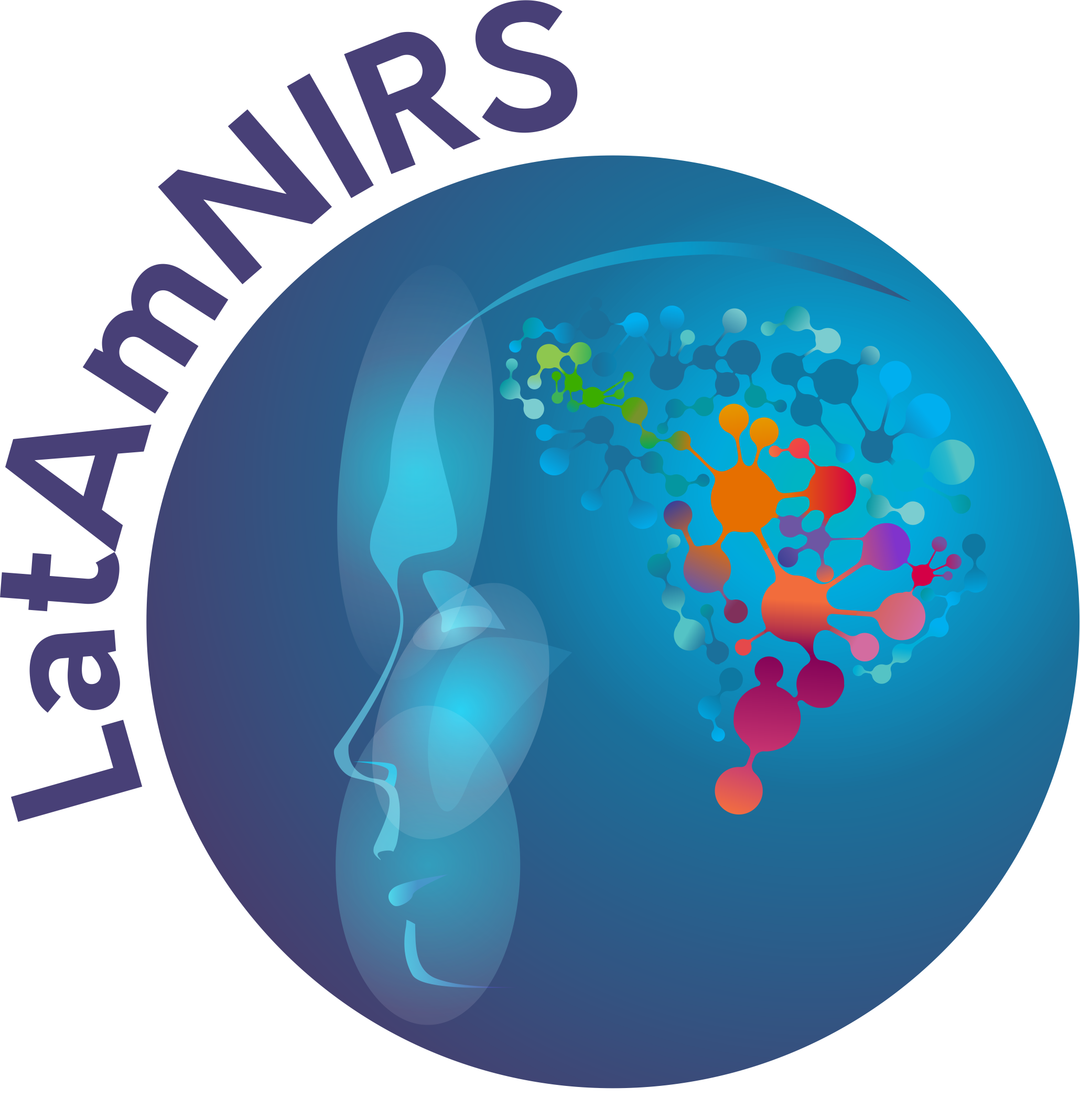Blood oxygenation level dependent (BOLD) contrast
Definition: Bold oxygenation level dependent contrast refers to intravascular and extravascular relaxation time T2′ (magnetic field inhomogeneity) and relaxation time T2 contrast changes that result from variations in the deoxyhemoglobin concentration of blood. The blood oxygenation level dependent contrast mechanism (T2*) is widely used for functional MRI because changes in neuronal activity level normally result in changes in oxyhemoglobin and deoxyhemoglobin concentration. Functional MRI is able to capture the changes only in deoxyhemoglobin concentration due to it being a paramagnetic material in blood. There is also a (substantially smaller) effect of overall blood volume in a voxel.
Alternative definition:
Synonym: Blood Oxygen Level Dependent Response (BOLD Response)
References: https://doi.org/10.1073%2Fpnas.87.24.9868b
Related terms: Hemodynamic response function, (functional) magnetic resonance imaging
